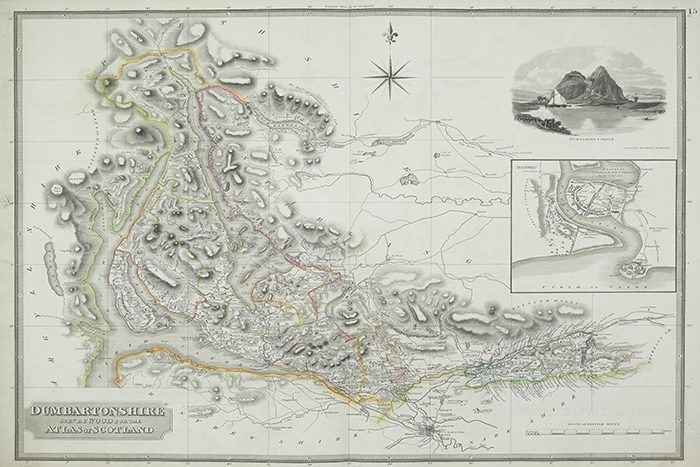Case Study: West Dunbartonshire Council
Mar 10, 2016 • Features • Fleet Technology • Local Government • Case Studies • case studies • fleet management • tomtom
Incredible fuel savings and impressive reduction in CO2 emissions for Scottish local authority after implementing telematics solution from TomTom Telematics...
The Organisation:
Connecting the shores of Loch Lomond with Glasgow, West Dunbartonshire provides access to some of Scotland’s most beautiful scenery and a network of towns and villages.
There are three town centres; Clydebank, Dumbarton and Alexandria. The council has a fleet of 380 vehicles that are used in delivering services for the residents of West Dunbartonshire. This fleet is made up of cars, vans and minibuses as well as specialist vehicles such as refuse collection trucks and road sweepers. The fleet has a capital value of approximately £8 million and annual running and operating costs of over £2M.
The Challenge:
Running vehicle fleets does not only incur costs – as a signatory to Scotland’s Climate Change Declaration, the council has a carbon reduction commitment to reduce CO2 emissions by one third by 2015. The cost of fuel to the council has increased significantly over recent years and it is clear that the council needs controlling mechanisms to regulate and influence the sustainable use of fuel.
With a highly recognisable fully branded fleet, West Dunbartonshire are aware that they are continuously visible and that tax payers note any inappropriate use
Tracking of the vehicles was becoming necessary to cut rising costs, raise efficiency and save time on administration.
The Solution:
In March 2010 the council installed TomTom LINK 300 GPS tracking boxes into 260 of their fleet of vehicles. This was a significant investment for the council, particularly at a time when budgets were being trimmed in every area. Nevertheless the Fleet and Waste Services Division led by Rodney Thornton, was confident that its introduction would reduce fuel costs.
Following research and a competitive tendering exercise, the council selected TomTom Business Solutions to provide the solution.
Driving more economically, efficiently, and safely, will reduce the council’s carbon footprint and longer term costs for the council. It was clear that many drivers, however unwittingly, were wasting valuable resources because of the way they drive.
Reducing average speed and instances of harsh braking and cornering delivers direct, measurable reductions in fuel consumption, servicing and maintenance costs and is proven to reduce accidents.
“Improvements to the way council vehicle operators carry out their duties has reduced our annual fuel costs by over £100,000 per annum, reduced servicing and maintenance costs in the longer term, will extend the working life of a number of vehicles and decrease the production of CO2,”
Ultimately, the council has not only saved huge costs, they have succeeded in reducing their annual climate impact.
“Improvements to the way council vehicle operators carry out their duties has reduced our annual fuel costs by over £100,000 per annum, reduced servicing and maintenance costs in the longer term, will extend the working life of a number of vehicles and decrease the production of CO2,” said Rodney Thornton.
West Dunbartonshire council are so impressed with the results of the TomTom solution, they are incorporating the TomTom ecoPLUS into a selection of the vehicles across the fleet.
The ecoPLUS provides businesses with live data such as fuel consumption and live carbon footprint so vehicles can be accurately benchmarked and best practice developed to help achieve wider objectives such as fuel saving and carbon footprint reduction. TomTom ecoPLUS will enable the council to further reduce fuel consumption, by gaining a real time view of the fuel efficiency of each vehicle, showing when and where fuel is wasted.
Idling time in particular has been highlighted as a major contributor to fuel wastage in this sector.





















 Field Service News is published by 1927 Media Ltd, an independent publisher whose sole focus is on the field service sector. As such our entire resources are focused on helping drive the field service sector forwards and aiming to best serve our industry through honest, incisive and innovative media coverage of the global field service sector.
Field Service News is published by 1927 Media Ltd, an independent publisher whose sole focus is on the field service sector. As such our entire resources are focused on helping drive the field service sector forwards and aiming to best serve our industry through honest, incisive and innovative media coverage of the global field service sector.
Leave a Reply